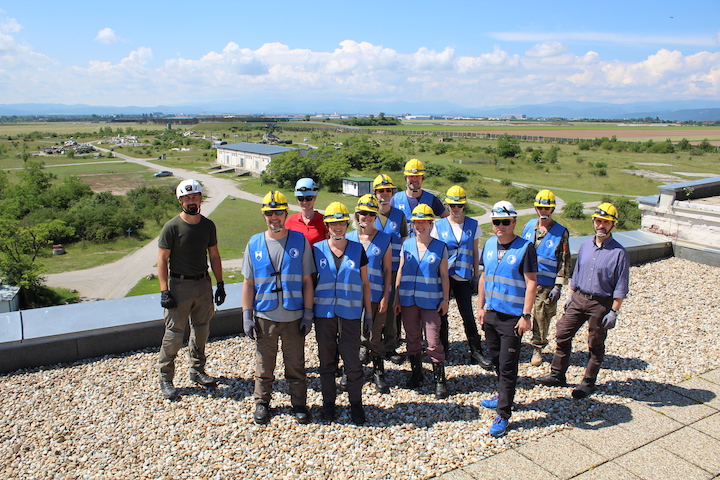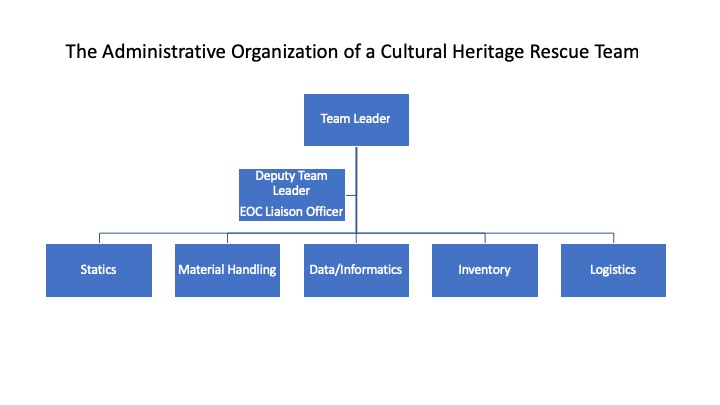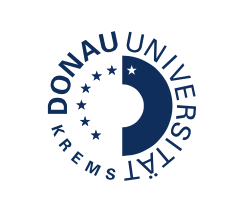
CHRT stands for Cultural Heritage Rescue Team. The concept was brainstormed over one week in Melk, Austria during the Danube University Krems Summer University in August 2018, which was also part of this ongoing Interreg ProteCHt2save project.
One team developed a CHRT model that was based on the concept of an international non-governmental organization (NGO), that could be assembled and deployed in short order, similar to the emergency response capacities of Medicines Sans Frontieres.
And so, the initial concept of the CHRT was born.
Organization and Personnel
The basic organization for the CHRT consists of a Team Leader, a Deputy Team Leader, and *notionally* 5 heritage professionals with an array of specialties. These 5 team members would also have administrative team-related functions.

It’s important for the team to have one central leader in charge of decision-making, and communication. He or she will be on-site with the rest of the team to coordinate all actions. The Deputy Team Leader has an important duty of serving as the liaison officer to the Emergency Operations Center, and coordinating all communications between the EOC and the CHRT on-site. While some may think that an extra set of hands is more vital on-site, one cannot underestimate the value of having a person embedded in the EOC.
The team itself will be compiled of a variety of cultural heritage professionals, with expertise relevant to crisis at hand. However, each must also fulfill team-related administrative roles.
Statics: Someone with a background in structural engineering and immovable heritage.
Material Handling: Ideally is a professional conservator well-versed in the proper handling and storage of a variety of heritage objects.
Data/Informatics: This person is responsible for the proper documenting of the location and condition of objects. Some may have to be secured in-place. Others are moved. Those objects removed from the site need to be properly documented, so that they can be successfully restored and returned.
Inventory: Once the objects are labelled and sent to temporary storage, it is vital to maintain a chain of custody, and impeccable storage management.
Logistics: Moving objects to the storage site is an important task. This team member ensures proper handling and materials for transport.
What cultural heritage conservation specialties would you like to see represented in Vltava Rising as part of the CHRT? What is your professional specialty? Email me at vltavarising@gmail.com, or leave a comment below. I’d love to learn more about your expertise, so that I can adequately represent CH professionals in Vltava Rising!




